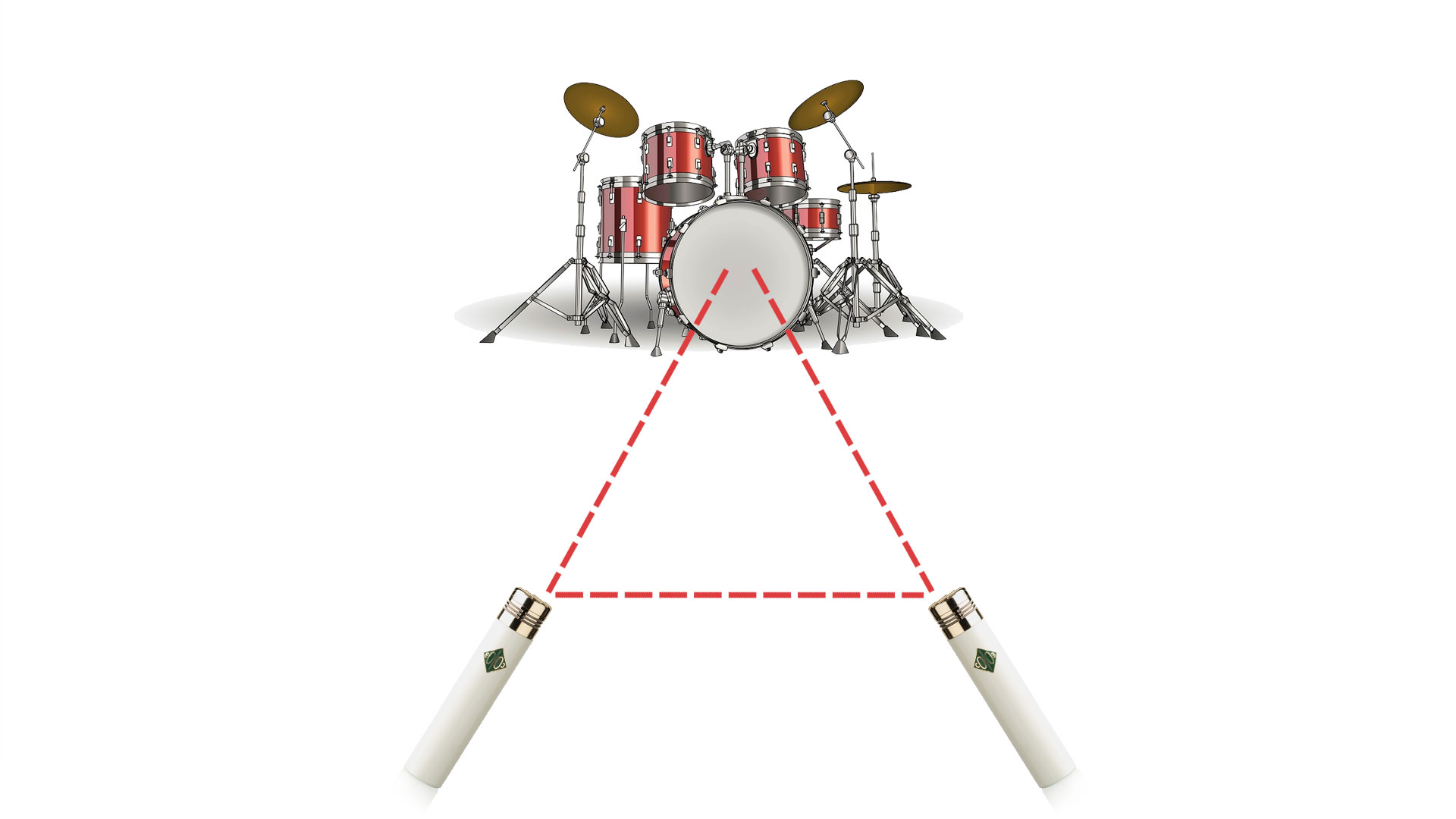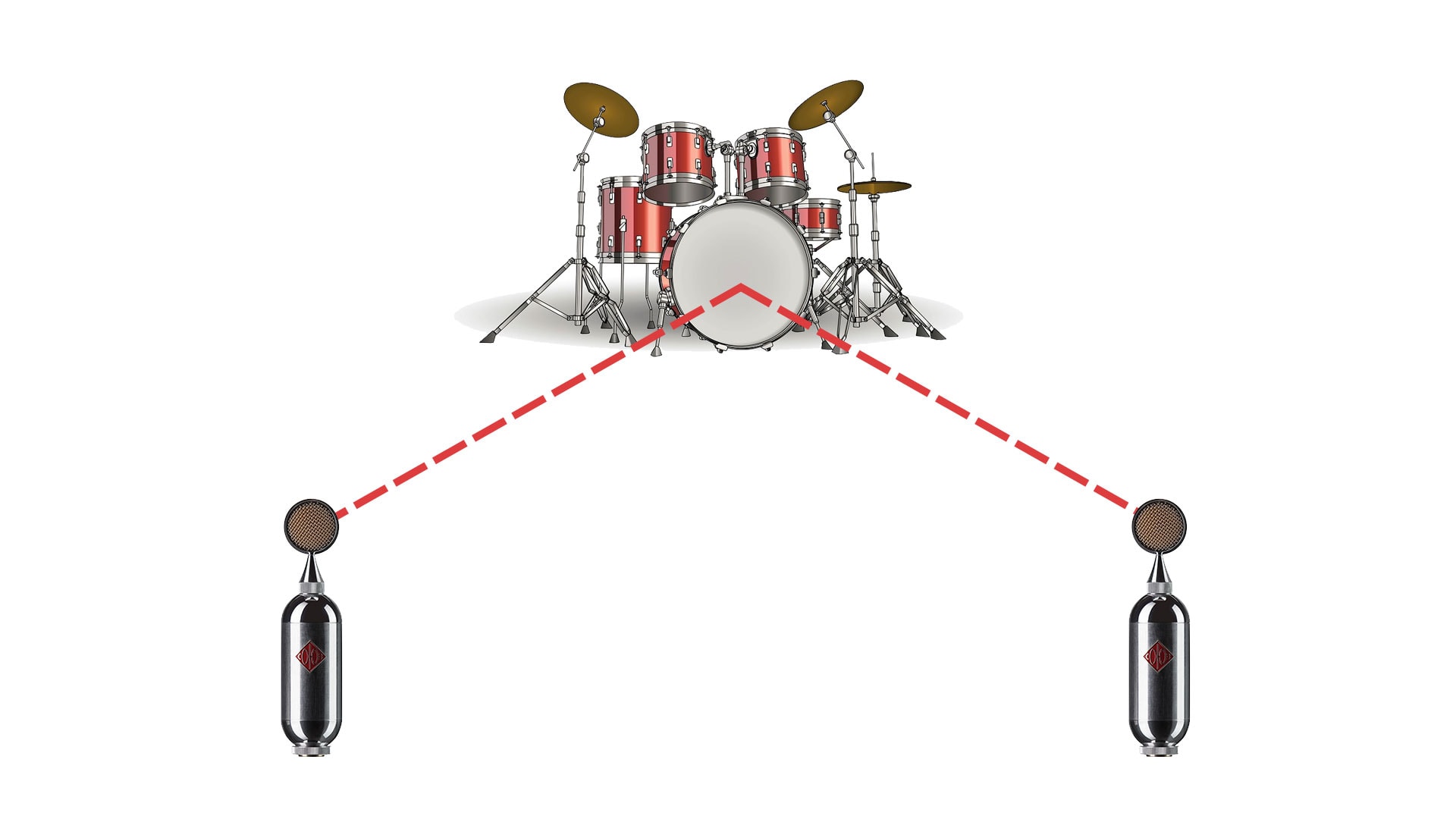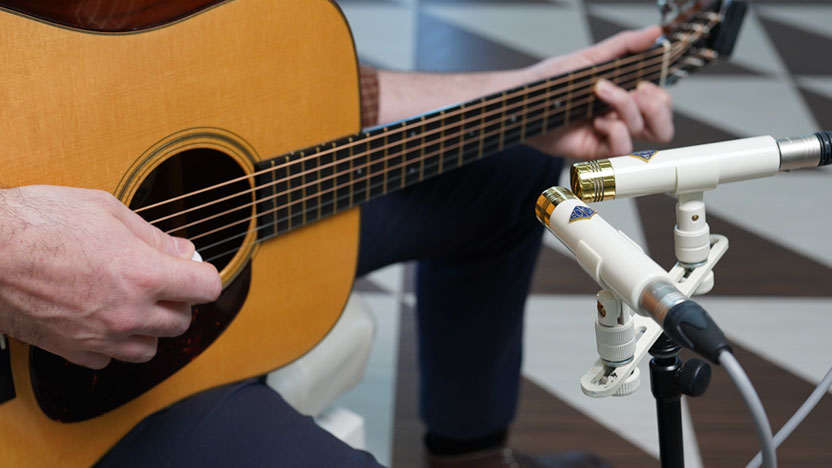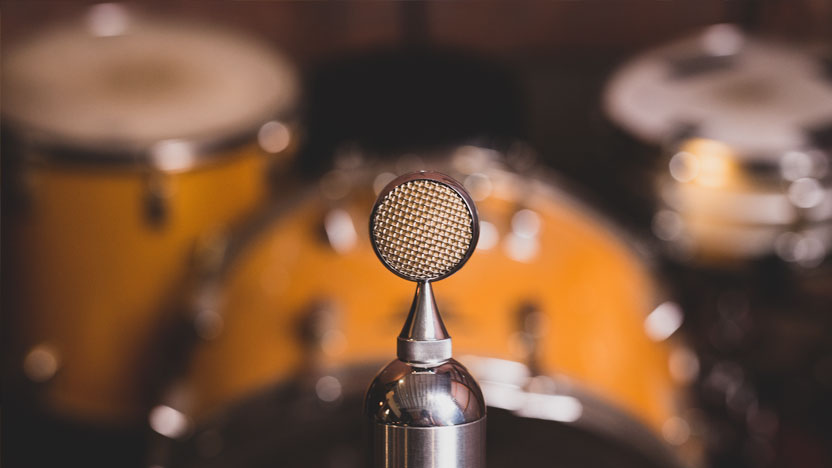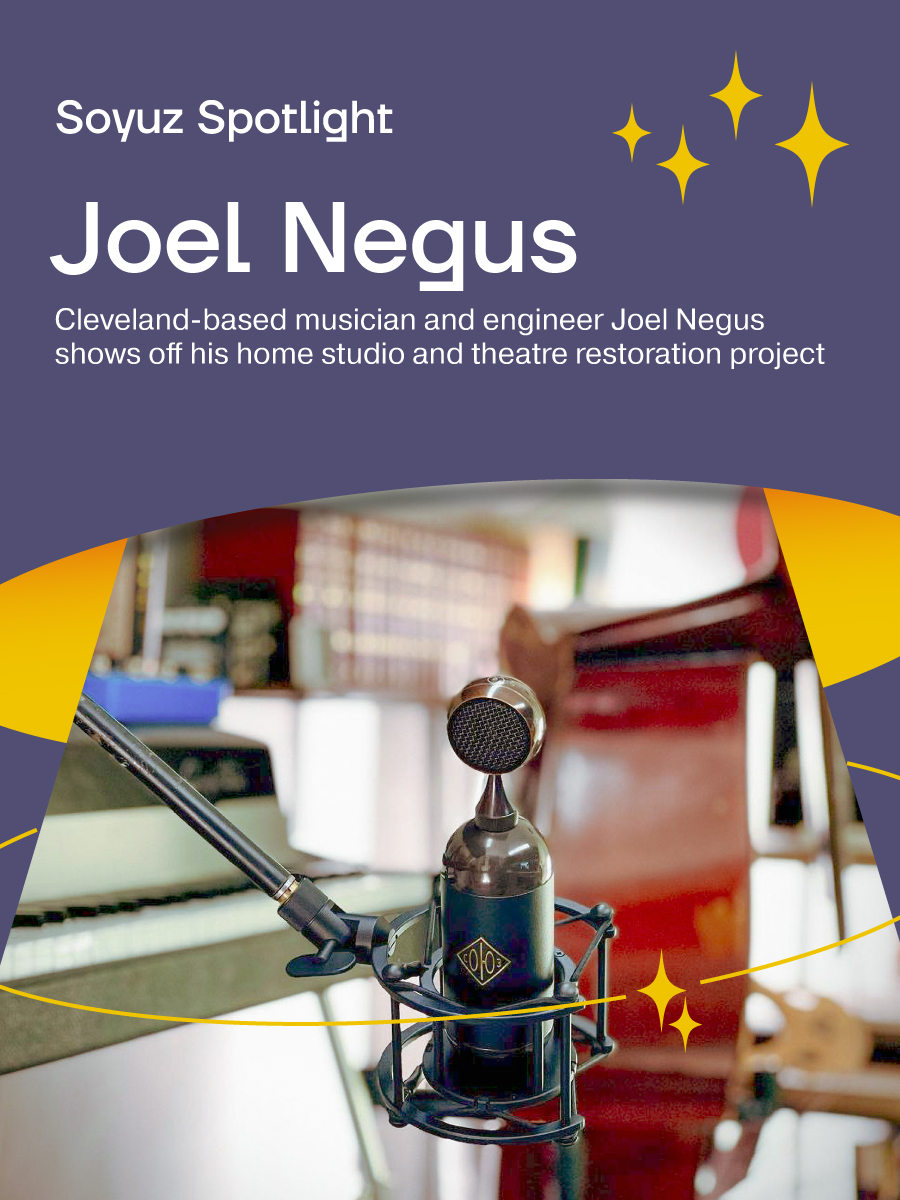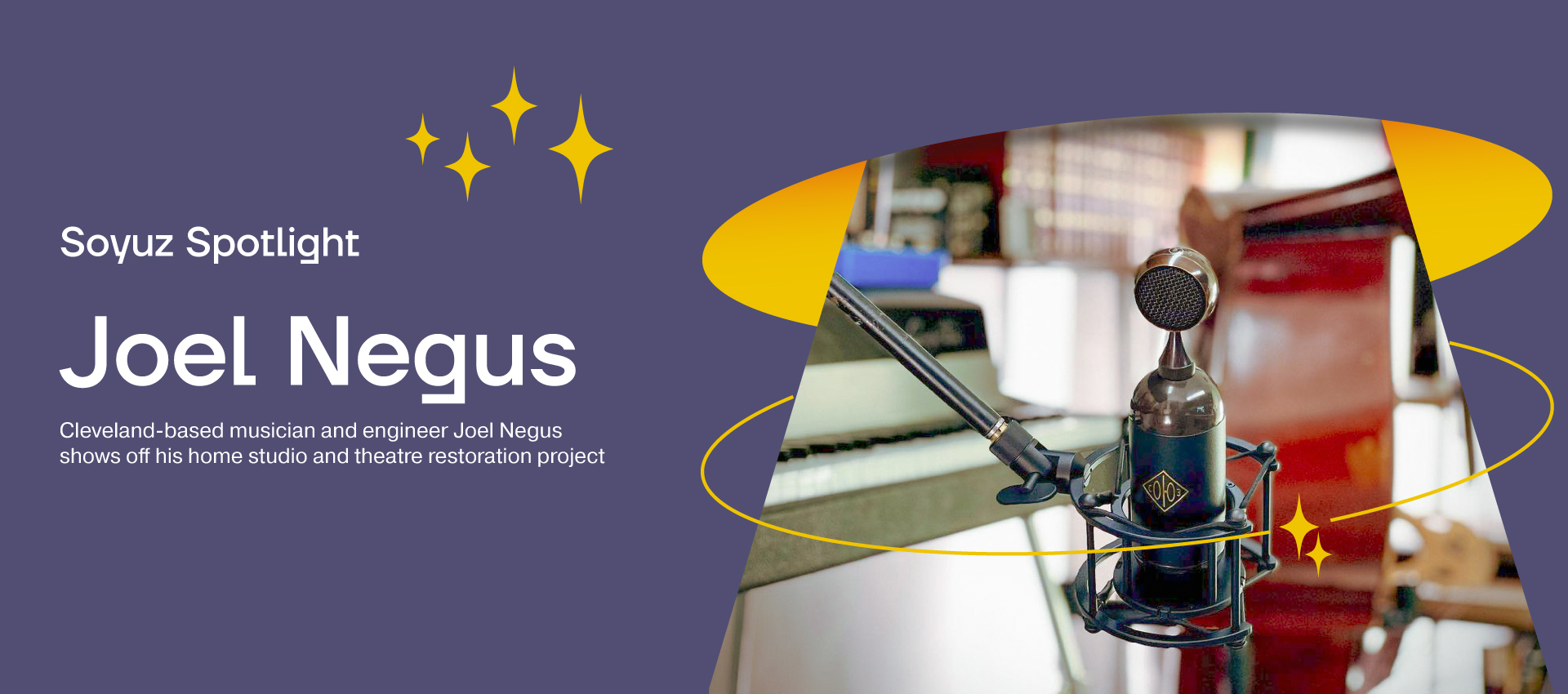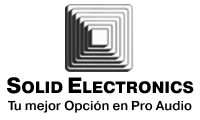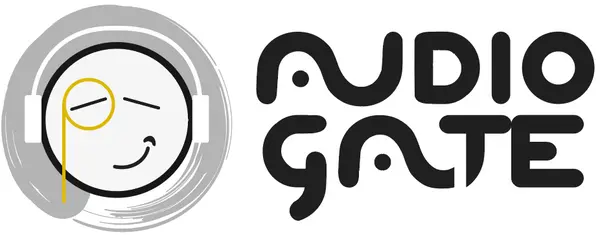The sound of the room can often be the missing glue that joins all of the instruments on a recording together. Whether a small room, large room, dry room, or reverberant room, every room has its own sound. The sound of any room can be used in interesting ways to add depth and dimension to your recordings. On instruments like drums, room mics can make or break a song. In classical recordings, they allow for the natural bloom and transients of the instruments in the room to come through and are sometimes the only mics necessary to capture a full orchestra. In rock recordings, room mics can make guitars sound huge!
Engineers typically turn to reverb to try to add depth to their mixes, but room tone is a very different sound. Yes, room tone can capture the natural reverb in the space, but not every room has significant amounts of reverb. Room tone is an important element that lets your instruments breath, especially their bass response. By placing your microphones further back than you normally would, you’ll capture a more natural tone, balanced frequency response, and often, a more finished sound. Room mics can be used in any kind of room, big or small. If used in a small room, it can make it sound much larger by adding reverb to the room tracks and/or smashing the mics with a compressor. Blending these mics in with close mics can create interesting sounds.
Every room has a unique character whether it’s Abbey Road or a basement with carpet on the walls. Capturing and utilizing this character can be the element that really brings your recordings to life.
Floor Mics
This technique might seem odd at first, but it is one of the best for capturing a great sounding room tone. This is a technique that works well in both small and large rooms is one that was popularized by engineer and musician Steve Albini. On an instrument like drums, this technique will make your kick drum sound huge and add more room detail all while retaining a nice top end.
Often referred to as ambient mics, this technique is most popular using a pair of small diaphragm condensers (SDCs) with omni capsules. While most commonly used when recording drums, it can work well with almost any instrument. Using the kick drum as the top point, create an imaginary equilateral triangle. The two bottom points are where each of your SDCs will be placed with each pointing towards the kick drum. There should be an equal amount of space between each mic as there is between the kick and the mics.
Place your mics on the ground at these two points and tape them so that they do not move. For safety, place a mic stand over the microphone so they don’t get kicked or moved.
This technique works great in everything from small to large rooms because there are no first reflections due to the omni polar pattern, acting similar to a PZM (Pressure Zone Microphone otherwise known as Boundary mics). This specific technique works best with omni capsules because of their lack of proximity effect, but using cardioid capsules can create interesting sounds as well.
In the videos below, a pair of 013 FETs with omni capsules are spaced in the room about 8 feet in front of the drum kit and taped to the ground. The studio is not a very reverberant space but when blended into the overall drum mix, the sound of the room mics give the drums a more natural sound, as if you’re in the space with the drummer.
In the first video, only the 013 FETs are heard. In the second video, the room mics are heard along with 013 FETS on overheads and a 023 BOMBLET on the kick.
013 FET on Drum Floor Solo
013 FET on Drum Floor With Overheads and Kick
A spaced pair is one of the most common methods of miking instruments at a distance. It is a great technique because it can be used to subtly add depth or alternately, it can be bolder and have a significant impact on your sound, depending on what you’re going for.
On instruments like acoustic guitar, some room mics are as close as 1 foot away while on drums they can be as far back as 50 feet. A spaced pair of mics can be placed as close or as far back from the source as you want. The only rule is to make sure that the two mics are in phase with each other and with any other mics you might be using in your recording. To ensure this, make sure that your two room mics are equidistant from the source and make sure there are no room reflections that cause significant comb filtering.
When selecting your position for a spaced pair, walk around the room while the musician is playing until you find a spot where you like the sound of the instrument. This is often the best starting point for your room mics. If you’re looking to capture more room tone, place the mics further back from the source. As you get further back, your microphones will start to slightly roll off the top end. This can be a great way to tame harsh cymbals and jangly guitars.
The reason that this technique works is because of the concept of phantom-center. Phantom-center is when two microphones are capturing the same source at the same volume and one mic is panned hard left while the other is panned hard right. In this instance, it will sound like the source is coming from the center of your speakers. This is an interesting technique because each mic can capture a vastly different sound from one another which can create a unique element of depth, while still sounding like a single uniform instrument. In a smaller room, try turning the mics around so they’re facing the opposite direction of the source. This configuration will only capture room reflections and can make your space sound huge.
In the videos below, a pair of 017 FETs are spaced in the room about 8 feet in front of the drum kit. The studio is not a very reverberant space but when blended into the overall drum mix, the sound of the room mics give the drums a more natural sound, as if you’re in the space with the drummer.
In the first video, only the 017 FETs are heard. In the second video, the room mics are heard along with 013 FETS on overheads and a 023 BOMBLET on the kick.
017 FET on Rooms Solo
Full Drum Kit with 017 FET on Room
X/Y
X/Y technique is one of the most popular techniques for recording rooms. This is because it is the easiest method to keep two mics in phase and it gives a realistic stereo perspective– this makes it a great technique for capturing live ensembles, full bands, and orchestras. To achieve X/Y, position the mics together so that the capsules form a 90-degree angle. (like an L shape or the corner of a square) Since the mics are so close together, the sounds of the kit are reaching both simultaneously, which avoids any phase issues.
Like spaced pairs, X/Y can be positioned as close to or distant from the source as you like. Engineers use it to capture acoustic guitars up close and orchestras from 15 feet away.
In the video below, Kaleidoscope Chamber Orchestra performs Wolfgang Amadeus Mozart’s “Symphony No. 39, K. 543”. While there are a few microphones present to capture the detail of each section, the majority of the sound is coming from the pair of 013 FETs perched above the stage in X/Y configuration.
Mono
Mono room mics can be a great way to add some more detail to your mix. Just like a spaced pair, a mono room mic can be placed as close or as far back from the source as you want. The closer to the source, the more direct sound you’ll capture and the further from the source, the more room tone you’ll achieve. Blending a close mic with a single room mic can often create the perfect tone. This is a very common technique on guitar amps, string instruments, and acoustic guitars. The majority of the sound comes from the close mic, but the room mic can add depth this would otherwise be missing.
Room mics can be the secret tool that brings your recordings to the next level. Soyuz mics, in particular, are a great choice for miking rooms because of their smooth top end, significant low end, and unique character. If you’re looking to add some more realism to your mixes, try a room mic.

